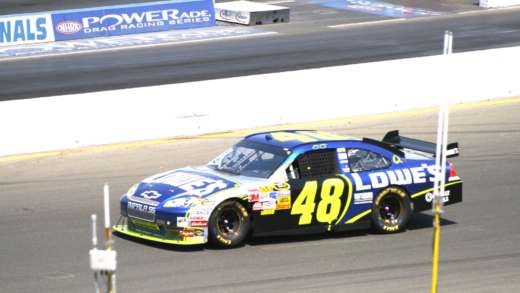Velocity differs from speed as it includes direction, making it crucial for understanding motion in real-life situations. Calculating velocity involves using displacement over time, with practical applications in driving, sports, and aviation. Real-world examples illustrate how athletes and pilots rely on velocity to enhance performance and ensure safety.
Difference Between Speed and Velocity: Let’s Clear This Up!
The difference between speed and velocity is crucial in understanding motion. Speed refers to how fast an object moves, quantified as the distance covered per unit of time. In contrast, velocity incorporates direction, making it a vector quantity. For example, if a car travels 60 kilometers in one hour, its speed is 60 km/h. However, if the car moves at the same speed but in a specific direction, say north, its velocity is also 60 km/h north.
To highlight the differences:
- Speed: Scalar quantity, only concerned with magnitude (e.g., 80 km/h).
- Velocity: Vector quantity, includes both magnitude and direction (e.g., 80 km/h east).
Understanding this distinction is essential in various fields, from physics to everyday driving. For instance, knowing the velocity of an object helps in predicting its future position, which is vital in navigation and safety. In sports, players often need to adjust their velocity to maintain control and optimize performance.
In conclusion, grasping the difference between speed and velocity is not just academic; it has practical implications in real-world scenarios. By recognizing that velocity includes direction, individuals can better analyze and respond to motion around them.
How to Calculate Velocity: Simple Math Made Easy for You!
Calculating velocity is straightforward once you understand the formula. The basic formula for velocity is:
Velocity = Displacement / Time
Displacement is the shortest distance from the initial to the final position of an object, and it includes direction. For example, if a car travels 100 meters east in 5 seconds, the velocity calculation would be:
- Displacement: 100 meters east
- Time: 5 seconds
- Velocity: 100 meters / 5 seconds = 20 meters per second east
Units of velocity measurement are typically in meters per second (m/s) or kilometers per hour (km/h). It’s important to remember that the unit of time must match the distance unit for accurate calculations. For instance, if you measure distance in kilometers, then the time should be in hours to give velocity in kilometers per hour.
Another interesting aspect of velocity is negative velocity, which occurs when an object moves in the opposite direction. For example, if a car moves back 30 meters from its starting point in 2 seconds, the calculation would yield:
- Displacement: -30 meters (since it is moving backwards)
- Time: 2 seconds
- Velocity: -30 meters / 2 seconds = -15 meters per second
This negative sign indicates the direction of motion is opposite to the defined positive direction. Understanding this concept is crucial in many applications, such as navigation and physics.
In conclusion, calculating velocity is not just about numbers; it’s about understanding movement in a directional context. Mastering these calculations can enhance your comprehension of motion in various real-life situations, from driving to sports.
Real-Life Examples of Velocity: From Cars to Sports, See It in Action!
The concept of velocity finds practical applications in various aspects of daily life, demonstrating its significance beyond theoretical discussions. The difference between speed and velocity becomes evident when we consider real-world scenarios. For instance, in automotive contexts, a car might travel at a speed of 100 km/h. If it turns north, its velocity changes, emphasizing the importance of direction in understanding motion.
In sports, athletes often manipulate their velocity to enhance performance. For example, a soccer player adjusting their speed and direction while dribbling can outmaneuver opponents effectively. This adaptability showcases how athletes leverage velocity to gain a competitive edge. Similarly, in track and field, sprinters aim for optimal velocity to maximize their performance, often employing techniques to refine their acceleration and maintain consistent speed throughout the race.
Another practical use of velocity is in aviation. Pilots must calculate the velocity of an aircraft, factoring in wind direction and speed to ensure safe landings and takeoffs. A plane’s velocity, defined by its speed and the direction of travel, is crucial for navigation and safety, illustrating how understanding velocity can prevent potential hazards.
In summary, real-life examples of velocity encompass various fields, from transportation to sports, highlighting the practical implications of mastering this concept. The interplay between speed and direction underscores its importance, making it essential knowledge for anyone engaging with physical movement.





Comments are closed.